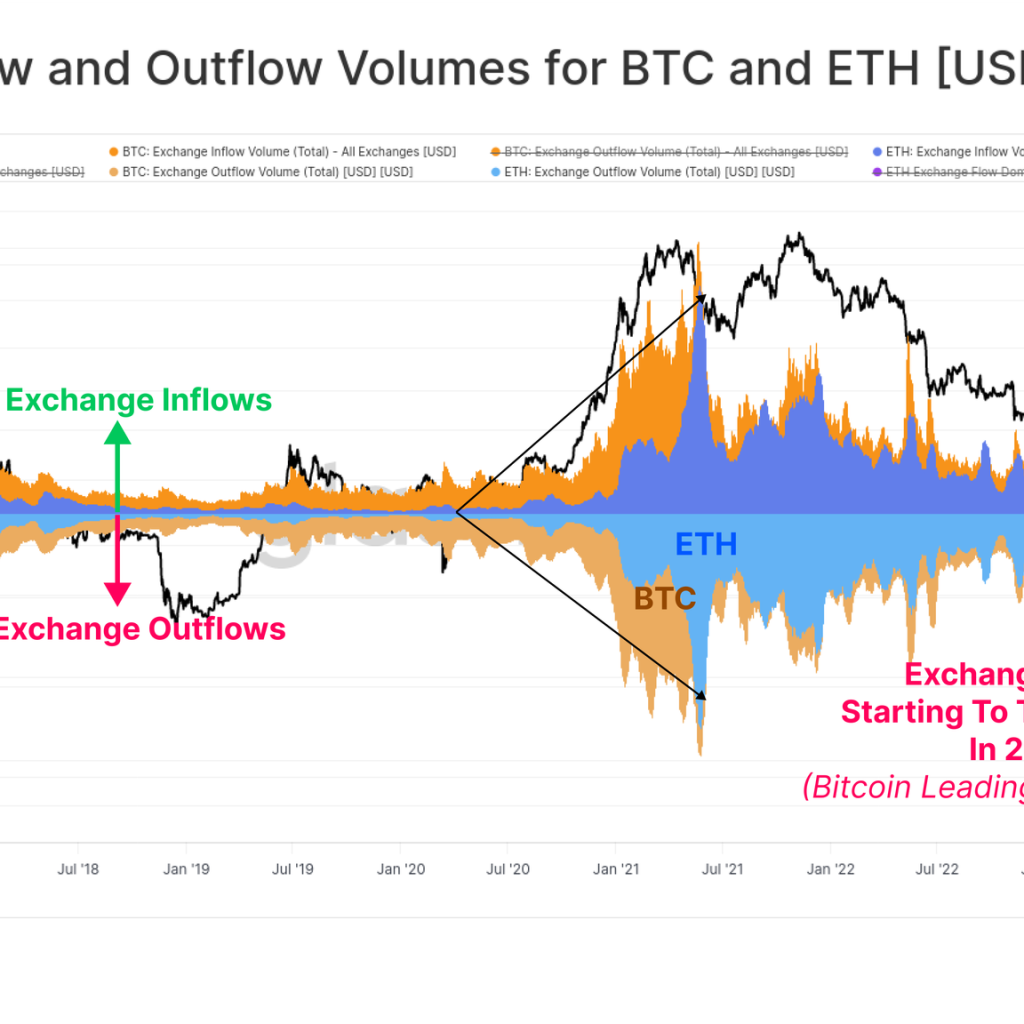While many remain entranced by the volatile price of Bitcoin, few may realize the pivotal shifts occurring behind the scenes. Quantum Blockchain Technologies (QBT), a UK-based research firm, is flipping the script with groundbreaking tech that promises to shake up the Bitcoin mining landscape.
Harnessing the Power of AI in Bitcoin Mining
Let’s cut through the noise. Traditional Bitcoin mining is based on sheer luck and brute force, a wasteful and inefficient race to find the right hash. QBT’s decision to integrate AI into the mining equation is far from a minor tweak—it’s a potential revolution.
This isn’t just about using fancy algorithms. By switching from random searches to AI-driven smart searches for winning hashes, QBT claims they’re setting the stage for a mining efficiency surge.
QBT’s innovative journey wasn’t walked alone. They harnessed the collective intelligence of around twenty specialists ranging from quantum computing gurus to ASIC chip design masters. Their combined efforts bore fruit in the form of two distinctive algorithmic search techniques.
The results? The first method enhances miner efficiency by a modest 10%. But the second, hold onto your hats, rockets the chances of striking that gold hash by a staggering 260%.
To put it bluntly, QBT might just have equipped miners with a souped-up metal detector in a field previously scoured with bare hands.
Reshaping the Foundation of ASIC Mining
While their AI innovations are undeniably captivating, QBT isn’t stopping there. Their short-term objective is to amplify the mining prowess of existing ASIC chips by grafting on a software AI component.
Beyond that, they’re diving deep into the architecture of ASIC mining chips, seeking ways to fine-tune Bitcoin mining at its core. Their recent patent application offers a sneak peek into these aspirations.
Moreover, QBT is laying the groundwork for a bolder, long-term vision: mining Bitcoin with quantum computers. Yes, you read that right. They’ve laid out plans for a unique SHA-256 computation method tailored for quantum systems, potentially ushering in a new age of mining.
Their recent patent application unveiled a fascinating twist. Known as the QBT Message Scheduling for Cryptographic Hashing ASIC (MSFCA), this tool is designed to predictively crunch numbers for future Bitcoin blocks.
By getting a head start on the next block before the current one is sealed, they’ve designed an “anticipatory resource efficiency algorithm” that streamlines the SHA-256 ASIC architecture.
But what does that mean in layman’s terms? Simplified, QBT’s approach can potentially cut out up to 8% of the logical operations (logic gates) needed in the traditional process. This not only speeds things up but slashes energy consumption—a double win for miners.
Shaking the Foundations of the Bitcoin Mining Industry
Let’s not mince words here. Bitcoin mining, as it stands, is an energy-guzzling behemoth, primarily relying on hardware brute force. It’s about time we asked: can we do better?
Francesco Gardin, QBT’s CEO, drives this point home, highlighting the existing industry’s dependency on raw hashing power and the energy it devours.
While the Bitcoin mining rig market is crowded with a few major ASIC manufacturers, there’s a stark lack of innovation in terms of features. Except for disparities in hash rates and power usage, there’s barely any differentiation between rigs.
But QBT’s tech—developed using Intel’s Blockscale ASIC chips, which, incidentally, are no longer in production—might just be the magic sauce that offers miners an unparalleled edge.
QBT is sitting on what can be termed a goldmine of AI and SHA-256 optimization. They’re contemplating ways to unleash this potent combo onto the Bitcoin mining scene.
Whether through subscriptions, licenses, joint ventures, or even a potential acquisition of the company and its technologies, they’re poised to reshape the mining frontier.





